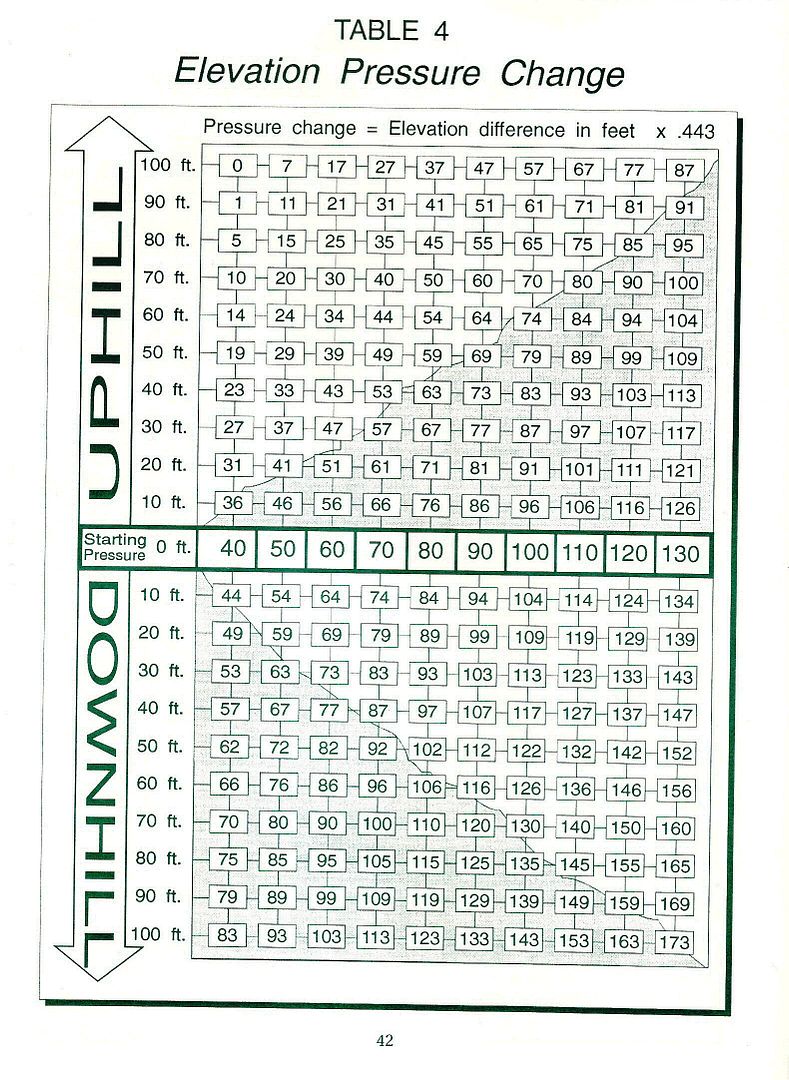Originally posted by ligui
Thanks again everyone . We will be starting our project in may . I'll let you know how it goes .
We are going to start finishing our house and the work on the property . Won't be to many more years and i'll be sending photos of the sunrise from
ligui/ensenada blanca . |










